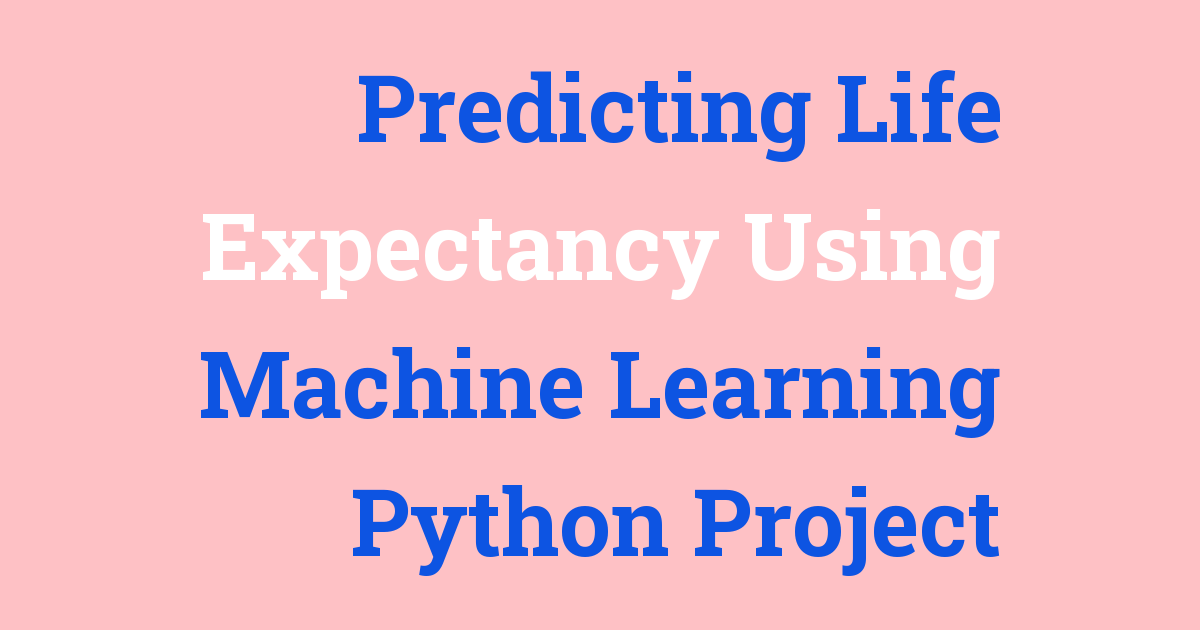Using machine learning in Python, we can accurately predict life expectancy based on various factors.
Introduction
Life expectancy is a crucial factor that reflects the overall health and well-being of a population. Predicting life expectancy accurately can help in better healthcare planning, resource allocation, and policy-making. In this project, we aim to use machine learning techniques, specifically Python programming, to predict life expectancy based on various features.
Problem Statement
The conventional methods of predicting life expectancy rely on statistical models that may not always provide accurate results. There is a need for a more robust and efficient system that can predict life expectancy with higher accuracy.
Existing System
The existing system for predicting life expectancy often uses basic regression models that may not take into account all the relevant factors affecting life expectancy. These models may also be limited in terms of data processing and feature selection.
- Limitations of existing system:
- Lack of accuracy in prediction
- Inefficient feature selection
- Minimal data processing capabilities
Disadvantages
The disadvantages of the current system include:
- Low accuracy in predicting life expectancy
- Inability to handle complex features
- Lack of scalability and flexibility
Proposed System
In our proposed system, we will use advanced machine learning algorithms implemented in Python to predict life expectancy. We will incorporate features such as demographic data, healthcare indicators, and socioeconomic factors to build a more comprehensive model for predicting life expectancy.
Advantages
The advantages of our proposed system include:
- Higher accuracy in predicting life expectancy
- Improved feature selection and data processing capabilities
- Scalability and flexibility to handle large datasets
Features
Some of the key features of our proposed system are:
- Implementation of advanced machine learning algorithms
- Incorporation of diverse features for prediction
- Interactive visualization of results
- Automated model training and testing
Conclusion
In conclusion, predicting life expectancy using machine learning techniques can significantly improve the accuracy and efficiency of healthcare planning and policy-making. Our proposed system aims to address the limitations of the existing system and provide a more reliable and effective tool for predicting life expectancy. By leveraging the power of Python programming and advanced machine learning algorithms, we believe that our project will contribute to advancements in public health research and decision-making processes.

